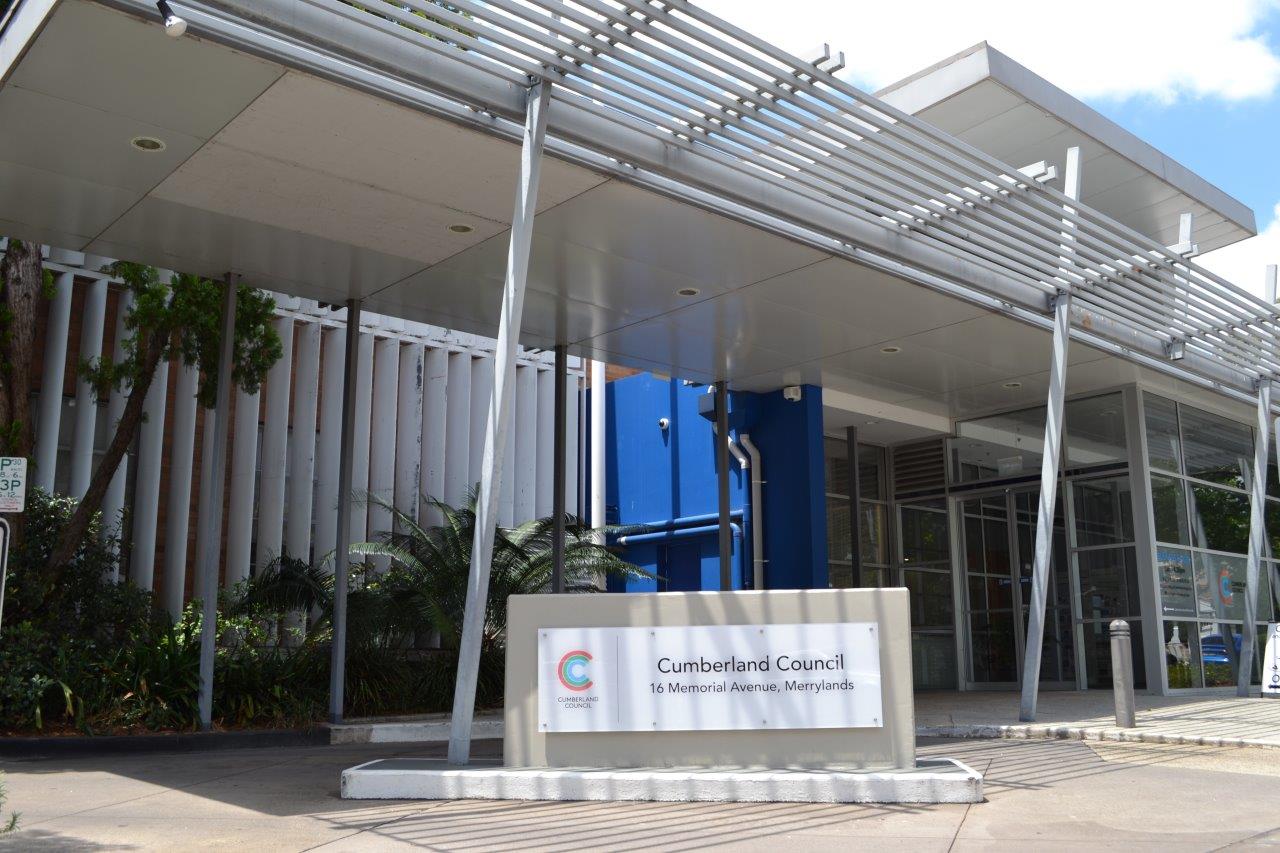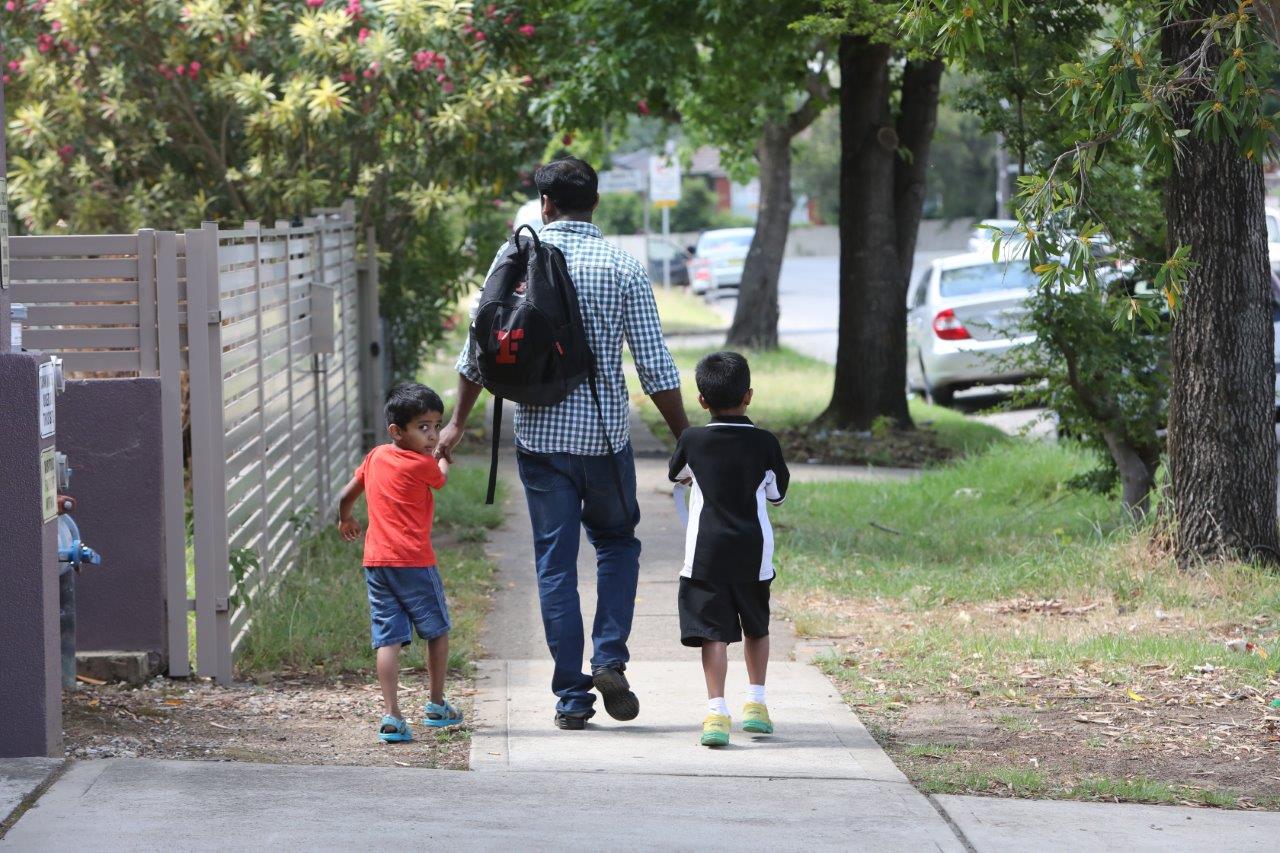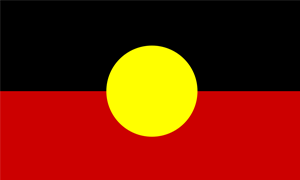
How rates are calculated in Cumberland City Council
The Independent Pricing & Regulatory Tribunal (IPART) for Local Government determined that Cumberland City Council may increase its general income by not more than 7.1% above the general income for the 2025/2026 financial year.
Rates are calculated based on the property value as determined by the NSW Valuer General. A rate in the dollar is applied to the property value, subject to a minimum amount. The 2022 base date land valuations were used for rating purposes. Further details are provided below.
| Residential Rate | Business Rate | Industrial and Multi Level Shopping Centre Rate | |
|---|---|---|---|
| Rate for each dollar of unimproved land value | 0.00130075 | 0.00273639 | 0.00364032 |
| Minimum rate |
$921.06 for properties with a land value less than $708,101 |
$1,409.44 for properties with a land value less than $515,071 | $1,409.44 for properties with a land value less than $387,173 |
Stormwater charges
The following stormwater charges apply to each rateable property.
| Residential Rate | Business Rate | Industrial and Multi Level Shopping Centre Rate | |
|---|---|---|---|
| Stormwater charge | $25 | $25 per 350 square metres, capped at $500 per property maximum | $25 per 350 square metres, capped at $500 per property maximum |
| Stormwater charge strata properties | $12.50 | $12.50 | $12.50 |
FAQs
What are rates?
Council rates are a property tax and are a source of Council revenue. Rates are used to provide essential infrastructure and services. This includes footpaths, resealing roads, and stormwater drainage as well as community facilities (parks, gardens, libraries and pools).
How are rates categorised?
Council is required to categorise each parcel of land for rating purposes according to their dominant use: Residential, Business or sub-category of Business Industrial or Multi Level Shopping Centre.
If you believe your rating category is incorrect, you can ask us to review your category at any time. If you disagree with Council’s determination after the review, you may appeal to the Land and Environment Court under Section 526(1) of the NSW Local Government Act 1993 within 30 days of the declaration.
If your rating category changes, you must advise Council within 30 days.
- RESIDENTIAL - dominant use as residential accommodation or for vacant land the land is zoned for residential purposes.
- BUSINESS – where the dominant use is for commercial
- BUSINESS INDUSTRIAL – where the dominant use is for industrial nature as shown on the Industrial Land Classifications list and are in a Centre of Industrial Activity
How are rates calculated?
Properties are assigned a category and, in some cases, a sub-category for rating purposes. Rates are calculated on the land value of a property, multiplied by an adopted ‘rate in the dollar’. The land value is determined by the NSW Valuer General, who issues a ‘Notice of Valuation’ at least every 3 years.
The current valuation is determined as at 1 July 2022. Council will use this land valuation to calculate your Rates for the next 3 years starting 1 July 2023.
Valuation NSW have issued a Notice of Valuation (NOV) to all NSW landholders for the 1 July 2022 general land valuation program.
The Notice of Valuation was issued with a copy of the Valuer General’s Your Land Value Fact Sheet.
The NOV also included a QR code which, if scanned, would link the relevant person/s to the Valuer General’s most up to date information about their land value. This included, but is not limited to information such as:
- how we value land;
- past land values;
- trends, medians and land values from across NSW;
- property sales information; and
- valuation reports, policies and fact sheets.
For more information, please visit https://www.valuergeneral.nsw.gov.au
What is rate pegging?
The Independent Pricing and Regulatory Tribunal (IPART) sets the amount that NSW councils can increase rates each year, in line with inflation and other considerations. For 2025/26 the Rate Peg has been set at 7.1%.
This means that Council’s total rate income is capped each year. Council cannot increase its rates revenue above the rate peg; to do so requires a ‘Special Rate Variation’ (SRV) application to IPART.
Council will only raise income to 7.1% overall, to assist ratepayers in these difficult economic times.
What is rates harmonisation?
Why did we harmonise rates?
All amalgamated councils were required, by law, to have one rating structure by 1 July 2021. Council has utilised provisions under the Local Government Bill 2021 to achieve gradual rate harmonisation over a 4-year period, commencing 1 July 2021.
During the merger process in 2016, the NSW State Government imposed a rates’ freeze which meant councils could not change the way rates trajectory or rating structure.
The rates freeze ended on 30 June 2021 and Council gradually harmonised the rate paths for the former Councils (Auburn, Holroyd and Part Parramatta) over a 4-year period to achieve a single, fair and equitable rates structure across the entire Cumberland City Local Government Area.
What community consultation occurred and what did it show?
We conducted community consultation, between 20 March 2020 and 30 September 2020, and majority of ratepayers agreed with the harmonisation process to gradually occur over the 4 years.
What were the changes?
- A single rates structure was created to allow a redistribution of the total rates income so that all ratepayers have their rates calculated in the same way. Council’s overall permissible rate revenue will increase only by IPART’s rate peg each year.
- We introduced business sub-categories for industrial and multi-level shopping centres where additional infrastructure is required. This assists with reducing the rates burden on general business and residential properties.
- Council received approval from IPART to increase the minimum rate to enable a more equitable way of charging rates. This largely impacts higher density housing who, despite having lower land values, have the same access to Council facilities and infrastructure as houses with higher land values. Additional income is not raised from this process. The increase in minimum rates enables Council to provide a fair rates structure to ratepayers across our whole local government area.
What is a minimum rate?
When calculating rates, if the valuation multiplied by the rate per dollar falls below the minimum rate, the minimum rate will be charged.
What options are available to me if I feel the changes will cause me financial pressure?
Council’s existing Hardship Policy (PDF, 103KB) will be available to assist ratepayers who are eligible for assistance. Ratepayers can also apply to pay their rates using an instalment plan instead of paying them as a lump sum.





